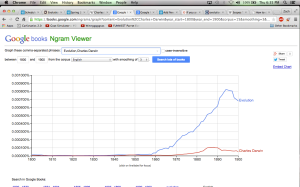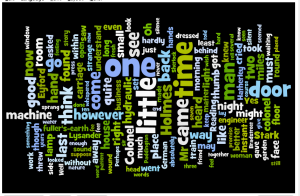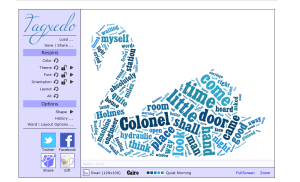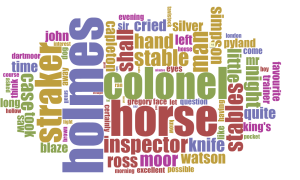For the Google Ngrams project, I chose the authors Jane Austen and Mary Shelley. Jane Austen was born in 1775, however, her novels of romance were not widely known or successful during her time, therefore, they started to really gain popularity after 1869 and her reputation completely skyrocketed in the 20th century. Moreover, Mary Shelley was also an English writer and she is best known for the horror novel Frankenstein.
There was a rise in the graph for Jane Austen around 1811 because that was when her novel Sense and Sensibility was published. However, during this time there was a fall in Mary Shelley’s graph because she had not written any novels yet. Then around 1820, we see a rise in the graph for Mary Shelley due to the fact that her most famous novel, Frankenstein was published and became popular. However, Jane Austen had a fall during this time because she had not written anything because in the year 1817 she passed away. Around 1830, there is rise in the graph for Jane Austen because in 1832, publisher Richard Bentley purchased the remaining copyrights to all of Austen’s novels and, beginning in around December 1832 and January 1833, published them in five illustrated volumes as part of his Standard Novels series. Mary Shelley and Jane Austen remain pretty stagnant after 1840 because they were not publishing anything because Jane Austen had died quite a few years before and Mary Shelley would do the same around 1851.
After the year 1870 begins, we start to see rise in the graph for Jane Austen because during this year Jane Austen’s nephew, James, publishes his memoirs entitled A Memoir of the Life of Jane Austen and with this publication we see Jane Austen’s life and her works brought to a greater audience, which solidifies her place in literary history. From then on, her popularity continues to soar and continues to be more popular than Mary Shelley. Mary Shelley, on the other hand, for years of remaining stagnant has a rise in the graph around 1882 and I am not completely sure why.
Overall, it is interesting to see the rises and falls on this graph between these two famous authors. It also fascinates me that these writers became famous not during their lifetime but rather after their death.












